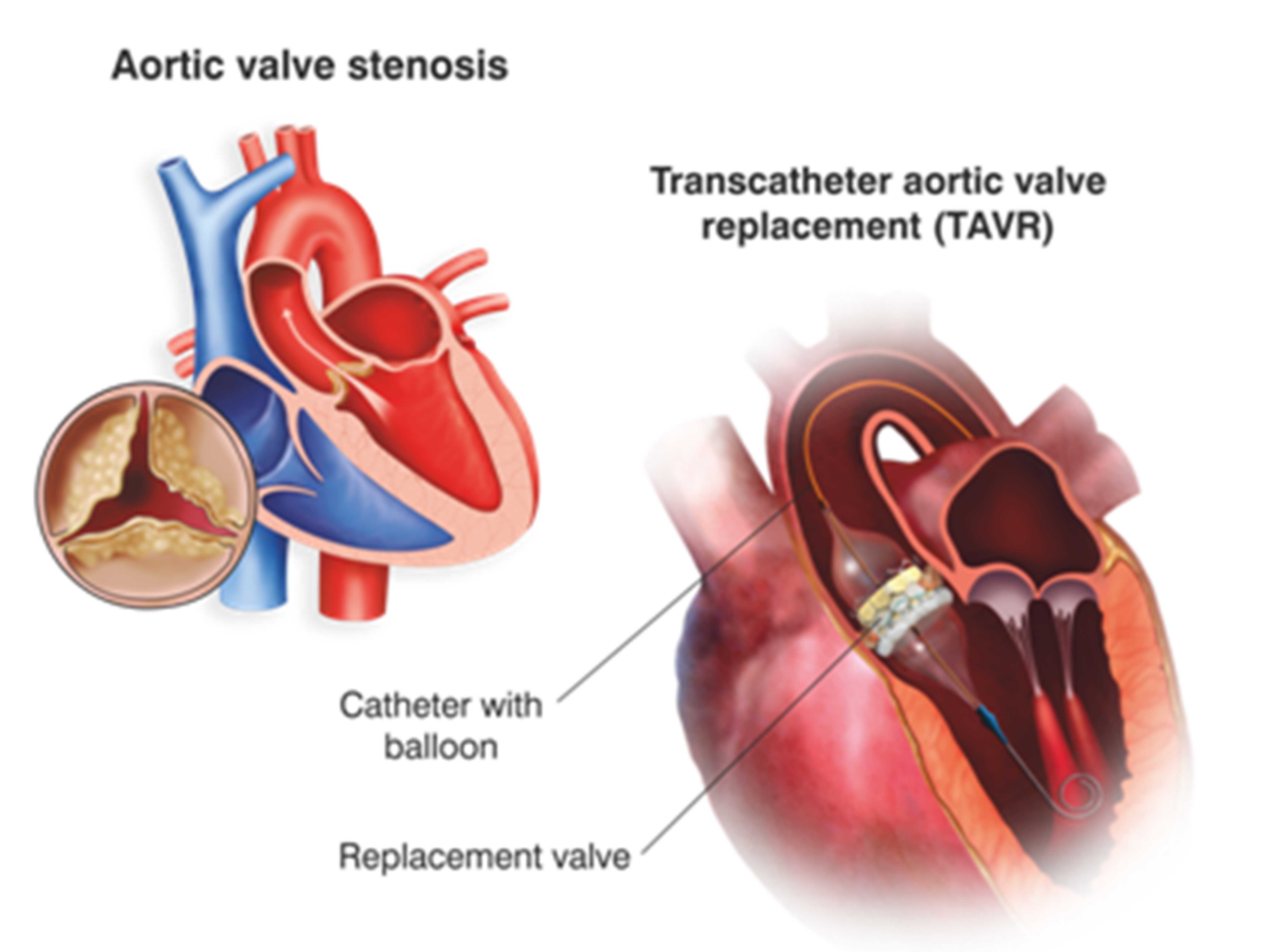What is TAVR?
by Snehal Mehta Medical Professional
TAVR stands for Transcatheter Aortic Valve Replacement. Unless you are a trained healthcare professional, just the name might not be enough to explain its purpose. The Myval TAVR procedure is an indigenously developed minimally invasive procedure used to combat aortic stenosis and other coronary artery diseases. Many healthcare professionals predict that TAVR therapy might potentially replace open-heart surgeries someday as the most favoured treatment of heart surgery. We have already spoken about how this technology helped save the life of an 83-year-old woman, now let us take a look at what this technology is and just why it is making such waves in the Medtech industry.
Understanding TAVR
The TAVR procedure is a minimally invasive method that involves placing a new valve over the patient’s diseased heart valve via a catheter. This catheter is inserted through the femoral artery or small incisions made in the body. Similar to placing a stent in an artery, TAVR system delivers a fully collapsible replacement valve into the affected heart valve through a catheter. The newly placed valve is expanded with the help of balloon technology, which pushes the old valve leaflets out of the way. The tissue present in the replacement valve takes over the job of regulating blood flow in the heart. This leads to minimal scarring in patients and quicker recovery times post-procedure. It is an FDA approved procedure recommended to high-risk patients with aortic stenosis. While the TAVR procedure is not completely risk-free, it does provide a safer alternative to people who may not be viable candidates for open-heart surgery. Treating aortic stenosis with TAVR procedure can only be made after you consult with your general physician and a team of heart specialists and heart surgery specialists. These doctors work together to understand your medical history, the risk factors involved and help determine the best treatment option for you. This procedure helps relieve the signs and symptoms of aortic valve stenosis and can also greatly improve the chance of survival in people who are displaying severe symptoms.
Benefits of TAVR
Based on the 30-day primary outcome data, these are the observable benefits of using Myval in patients.
- 97% device success rate displayed during the 30-day trial
- Lowers incidences of stroke
- Lowers device-related mortality
- Lowers the need for a pacemaker
- Cobalt alloy frame for high radial strength and radiopacity
- Lowers risk of major and minor vascular complications
What is involved in a TAVR procedure?
A valve replacement procedure generally requires an open-heart procedure with a “sternotomy”, in which the chest is surgically separated (opened) for the procedure. The TAVR or TAVI procedures can be done through very small openings that leave all the chest bones in place. Undergoing a TAVR procedure typically takes approximately 1-2 hours. At the beginning of the procedure, you will be given a mild sedative or general anesthetic. A thin flexible tube containing the heart valve will then be guided through the femoral artery or a small incision into the patient. With the help of the catheter, which is a specialised hollow tube and advanced imaging tools, the valve is placed in the affected area of the heart. Once the valve is in position, the balloon is expanded to place the new valve into the diseased valve. The TAVR heart valve will begin treating the valve immediately and the doctor will then remove the tube and close the incision.
Who should opt for this procedure?
The TAVR procedure cannot simply be defined as a low-risk procedure. It is a procedure that is available to patients in all risk categories. It serves as an effective option to improve quality of life in patients who otherwise have limited choices for repair of their aortic valve. Average recovery time after this procedure is a period of 3-5 days. Being a non-surgical technology that leaves no scars, reduces anxiety, shows improved signs of heart functions with a short hospital stay, it is definitely a procedure that people are discussing. This procedure used to be reserved only for people too weak to undergo open-heart surgery. But now, any severe aortic stenosis patient may consider TAVR as a viable option. Your treatment team will give you instructions on how to prepare for your transcatheter aortic valve replacement (TAVR) procedure. Talk to your doctor if you have any questions about the procedure.
Myval Transcatheter Heart Valve system
Up until now we have discussed what TAVR is, how it functions and the benefits of TAVR therapy. Let’s understand Myval Transcatheter Heart Valve System, indigenously designed and developed by Meril Life Science in various optimal sizes. Myval has a hybrid design with unique appearance of alternating light and dark bands under fluorescence, supporting ease of positioning on the annular plane. Its unique crimping pattern ensures precise orthotopic device placement without any deep throating into the LVOT. Precise annular placement ensures that there are no conduction system disturbances thus eliminating the need for a new pacemaker as seen with previous technologies. Myval comes with a navigator balloon with a dual-stopper system for precision in positioning & deployment.
The Myval TAVR system is a CE approved medical device and has been clinically evaluated with high safety and efficacy standards. The Myval-1 study presented at EuroPCR 2019 shows that the TAVR procedure has shown promising patient outcomes and high-procedural success over a period of 30 days, 6 months and 1 year. The success of the Myval TAVR system is just another step in our ultimate goal of creating better patient outcomes and improving quality of life. TAVR was the first to provide a treatment option for people who cannot undergo surgery to replace narrowed valves, where none existed before. It also presents patients with a minimally invasive alternative. We are now investigating its possible use in an even wider range of people.
Read more at https://www.merillife.com/blog/medtech/what-is-tavr
Sponsor Ads
Created on Jul 6th 2020 01:40. Viewed 219 times.



